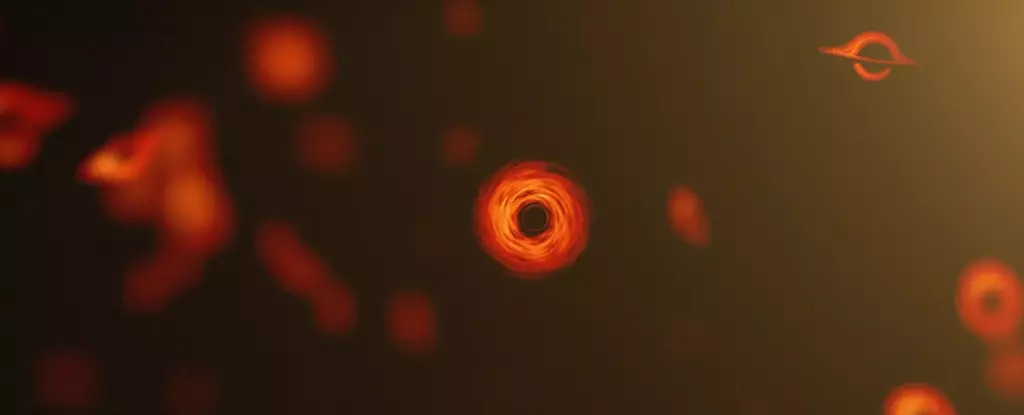Primordial black holes (PBHs) continue to captivate the attention of astronomers and cosmologists worldwide, representing a bridge between the initial moments of our universe and numerous unresolved issues in modern physics. Emerging from the extreme conditions shortly after the Big Bang, these black holes are theorized to have formed from areas of concentrated subatomic matter, collapsing under their own gravitational pull. Currently, the quest for PBHs is intertwined with investigations into dark matter and primordial gravitational waves, offering tantalizing clues regarding the nature of the cosmos. However, despite decades of research, empirical evidence for the existence of PBHs remains elusive.
The absence of direct evidence for PBHs has not deterred researchers; instead, it has sparked a slew of innovative proposals on how to detect these elusive entities. Recent findings by physicists De-Chang Dai and Dejan Stojkovic suggest previously overlooked environments—such as inside neutron stars, dwarf stars, and even planets—might harbor small PBHs. These celestial bodies could serve as the hunting grounds for PBHs, potentially revealing signs of their existence through interactions with other forms of matter.
The latest research points to fundamental changes in the structure of these stellar and planetary bodies, such as the formation of cavities resulting from a PBH’s gravitational influence. If these study proposals come to fruition, they could lead to groundbreaking observations that would validate decades of theoretical predictions regarding PBHs.
Delving deeper into the methods proposed to search for PBHs, Dai and Stojkovic introduced a compelling idea: examining solid structures for microchannels left behind by passing PBHs. They theorize that as a PBH traverses a solid object, it would create tiny tubular pathways within the material without causing any gravitational disturbance. This subtlety is key, as it allows for the possibility of these black holes passing through everyday materials—potentially even the human body—without detection.
The duo posits that substantial materials, including granite and advanced composites like multiwall carbon nanotubes, can support the structural integrity necessary for the occurrence of hollow formations if PBHs are indeed present at their cores. This pioneering insight illuminates a pathway for future observations, hinging on identifying celestial objects in our solar system—asteroids, moons, and planetoids—with notably anomalous density patterns suggestive of hollowness.
Implications for Future Research in Cosmology
The implications of these detection strategies extend far beyond mere validation of PBHs. Should these ventures yield positive results, it could usher in a new era of understanding regarding dark matter and the myriad mysteries of the universe. Furthermore, evidence for PBHs might illuminate existing paradoxes within cosmological models and refine our understanding of the universe’s evolution since the Big Bang.
The intriguing proposition that gamma rays might emanate from primordial black holes adds another layer of complexity to this quest. As previously hypothesized by Stephen Hawking, the detection of such radiation could provide vital clues pointing directly to the existence of PBHs, connecting essential threads between fundamental physics and astrophysical phenomena.
Concluding Thoughts: The Horizon of Cosmic Discovery
The journey to validate the existence of primordial black holes is a testament to human curiosity and the relentless pursuit of knowledge in the face of enigmatic cosmic truths. The speculative but potentially groundbreaking methods proposed by scientists like Dai and Stojkovic highlight the innovation and adaptability within the field of astrophysics. Each step taken towards the detection of PBHs is a step closer to unraveling some of the universe’s greatest mysteries—from the nature of dark matter to gravitational wave phenomena. With perseverance and creativity, the astronomical community may very well uncover evidence of these cosmic relics, illuminating more about our universe’s past, present, and future.


Leave a Reply